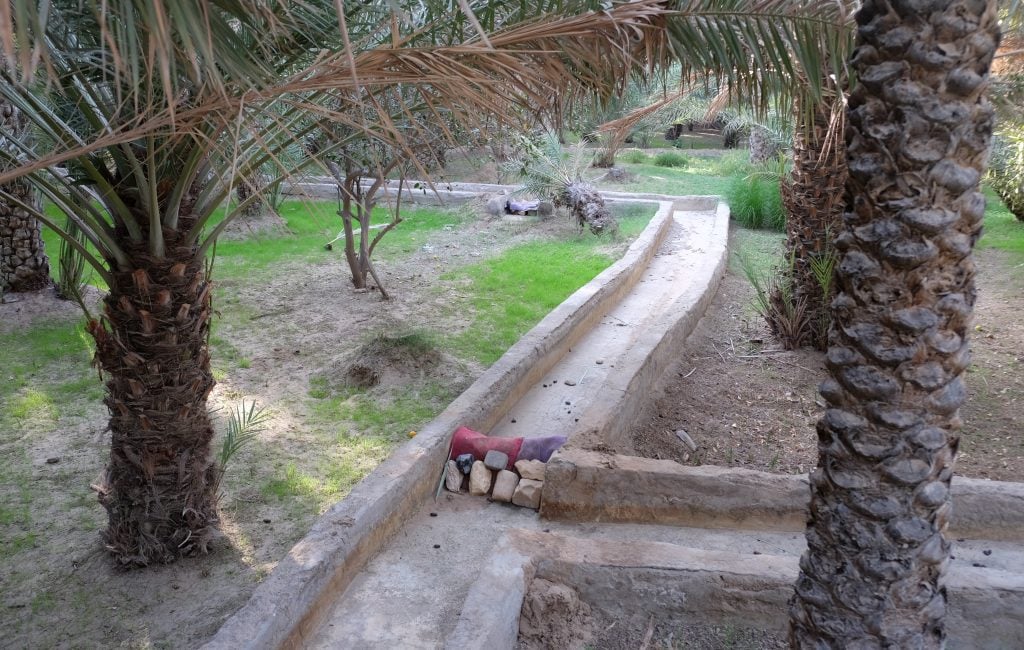
Photo 1: Aflaj irrigation ditches, Al Ain, UAE (Source: Florian G, Flickr).
Dams
In 2013, the UAE had 130 dams and levees with a total storage capacity of about 120MCM.[1] The benefits of dams include:
- Storing surface water for use in agriculture in some areas;
- Improving water quality and levels;
- Reducing seawater intrusion in coastal areas;
- Flood protection and control.
All the dams in the UAE are considered small. However, they are important not only for water harvesting and enhancing the quality of groundwater but also increasingly as tourist attractions, such as the Shawka dam at Ras Al-Khaimah. The capacity of the dam, which is 13 metres high and 107 metres long, is 2.75 thousand cubic metres (TCM).[2]
The Hatta Dam in Dubai is located relatively high in the Hajar Mountains. The First and Second Hatta Dams, which were built at a cost of $25 million, have a total storage capacity of around 20MCM of rainwater. This area is traditionally where families from Dubai go in the summer to escape the heat and humidity of the coast.[3] The same applies to the Rufaysah Dam in Sharjah, which was built in the mid-1980s. It dams the Shi Valley near the village of Rufaysah.
Traditional Water Systems
Traditional water systems, or aflaj, are man-made canals or waterways that may run above or below ground. Aflaj is the plural of falaj. The source of falaj water is a spring or well that is conveyed to the surface by gravity. There are about 40 operational aflaj in the UAE, mostly in the east near the border with Oman.
Aflaj suit the social and cultural conditions of rural areas in an arid country like the UAE. The continuous water flow from many aflaj throughout history is proof of their importance, efficiency, suitability and sustainability to their hydrological environment. However, they do have some disadvantages. A summary of the advantages and disadvantages is shown in Table 1.
The disadvantages outlined above can be easily overcome. With rapid technological advancements, it is now possible – and imperative – to manage the aflaj more efficiently. This can be done by improving the source of water recharge through the use of artificial recharge technology, the development of methods of water collection and conveyance, and the reduction of water losses through the introduction of suitable technologies such as smart technologies to monitor pressure and flow.
Table 1. Advantages and disadvantages of aflaj water systems.
| Advantages | Disadvantages |
| Historically successful use and local knowledge of renewable aquifers. | Discharges depend upon groundwater fluctuations, which may have a negative effect on agriculture and other uses. |
| No energy needed as the water flows from the water-feed area to the water-use area under gravity. | The water is liable to high loss rates as discharges cannot be controlled and may exceed water needs during some months. |
| Easily maintained with locally available materials. | Water is vulnerable to pollution as it flows close to the surface of the ground. |
| Since groundwater utilization is done within the framework of water balance, it does not lead to exploitation of limited water resources. | |
| Achieves a fair water distribution among users. |
[1] Ministry of Environment and Water, 2015. UAE State of Environment Report.
[2] Emirates 24/7, 31 July 2016. ‘UAE to build lakes, rest areas near dams.’ Available at www.emirates247.com/news/emirates/uae-to-build-lakes-rest-areas-near-dams-2016-07-31-1.637412, accessed 9 March 2017.
[3] Government of Dubai, 7 November 2016. ‘Mohammed bin Rashed tours Hatta.’ Available at http://mediaoffice.ae/en/media-center/news/7/11/2016/hatta.aspx, accessed accessed 9 March 2017.
